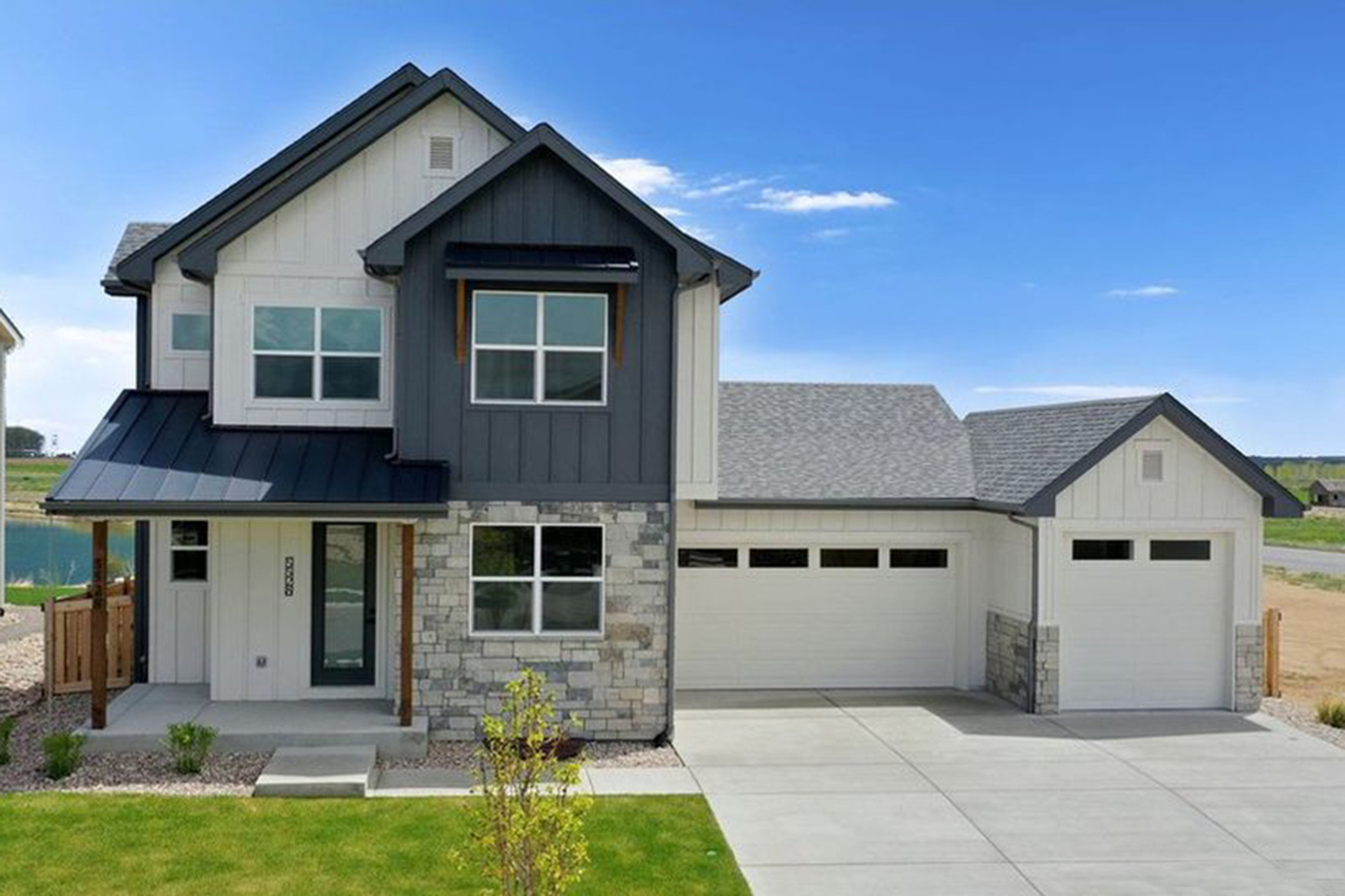Now that spring has sprung and the days are longer, it’s the perfect time to bring more natural light and warmth into the home whether through new construction or renovation.
“Daylighting” is the practice of positioning windows, skylights, doors and other openings in a building design in such a way as to maximize the natural light from outside. Designers and architects use several tricks for daylighting a home to make it open, warm and welcoming, as well as energy efficient.
“There are a number of ways to let more natural light into your home,” said Rick McAlexander, CEO of The House Plan Company, a residential plan marketing company based in Oregon. “If your main living space faces south, for example, you take advantage of the light by incorporating oversized windows into the design. Or, if your home has a wide, dark hallway, then skylights might be a perfect solution,” he added.
Work with Windows
Natural light is a reflection of the soul of a home and windows are the conduit for letting in the right amount of light. Floor-to-ceiling windows in the main living space, for example, can add light with minimal changes to the interior floor plan. Strategically placed windows in the kitchen can create a more open, spacious feeling in a room where people like to gather and entertain. Kitchens, dining areas and great rooms are obvious spaces for windows of all different shapes and sizes, but it’s important not to forget about the rest of the home. Skylights in hallways, stairwells, lofts and bathrooms can lighten traditionally darker areas of the home.
Open the Doors
Another way to enhance the natural light in a home and bring the outdoors in is by incorporating “disappearing walls” or glass doors. Sliding glass doors, French doors and even glass garage-style doors can open up the home and provide a seamless transition from indoor to outdoor living space. Even interior doors can let light into darker spaces such as hallways or dens by trading them for glass doors.
Orient the House
One of the primary considerations of a house plan is to maximize the home’s exposure to the sun. It becomes important, therefore, to design the house and orient it on the lot in such a way as to take advantage of both views and sunlight, year-round.
“If you’re able to purchase a lot prior to selecting your plans, you can find a plan that fits the lot requirements perfectly and orient the house to take advantage of the sun all year long. Think about the sun’s position throughout the year and how to maximize light in the rooms where you will appreciate it the most. Then you can select a home design that has roof lines and windows to enhance the natural light,” explained Allison McGraw, client services manager for Iowa-based Ahmann Design, Inc., whose home designs are featured on The House Plan Company website.
Tear Down the Walls
At the heart of a house plan or renovation is the main living space and it reflects how the home will be lived in. An open space that enables an easy flow from one area to the next, such as a great room with a kitchen and dining area, can significantly lighten a house. Fewer walls between rooms and wide, expansive doorways allow light to move throughout the house.
Pump Up the Porch
Incorporating a three-season porch into the home design is a cost-effective way of bringing in outdoor light because it generally lacks insulation, heat or air conditioning. The porch should face south so that it can capture sunlight all year, especially during cooler months. Strategically placed interior windows allow the rest of the home to be lightened too.
“With the right design, it’s less expensive to build and at the same time an excellent way to brighten the home, even on chilly days,” said McAlexander.
Brighter days are ahead with thoughtful planning in the home design or renovation process. Adding windows and glass doors, tearing down walls, orienting the house to take advantage of the sun and incorporating three-season porches are all great ways to let in the light.
As seen on Newswire



